What is the tolerance range of precision screws?
What is the tolerance range of precision screws?
Service Hotline
+86760-8787 8587We have more than ten years of experience in screw industry production. The main products are: enlarged and thickened flat washers, Phillips head screws, zinc plated photovoltaic bolts, iron countersunk head rivets, DIN933 screws, tap screws, DIN6907 washers, copper and Fasteners such as copper alloy screws, GB97 flat washers, chrysanthemum washers, large retractable rod round nuts, blue and white plated spring washers, tension bolts, small edge washers, high head knurled large head nuts, etc. There are different prices, please contact us if necessary.


The technical scheme adopted by Guangdong Yueluo Hardware Industry Co., Ltd. is: a pin pressure riveting structure, including a pin, a cavity and a pressure riveting fixture, the pin is a columnar structure, an annular groove is arranged on the surface of the pin, and the cavity is The body is provided with a light hole, the depth of the light hole is greater than the height of the annular groove relative to the bottom of the pin, the lower end of the pin is inserted into the light hole, the pressure riveting fixture includes a pressure riveting part and a pressure-bearing part located on the top of the pressure riveting part, so The riveting part and the pressure-bearing part are provided with coaxial and penetrating connecting holes, and the upper ends of the pins are sleeved in the connecting holes.
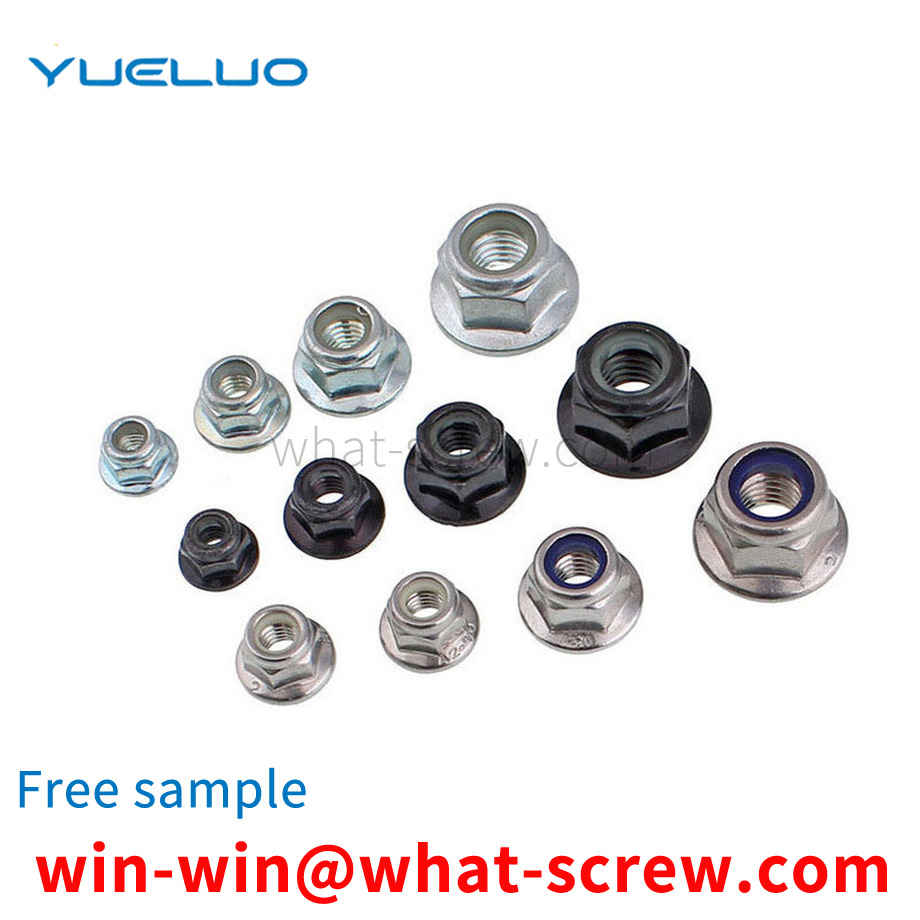
Ordinary nuts are suitable for use in fixed-load equipment. Ordinary nuts are used to fix on stationary workpieces and cooperate with flat and spring washers to ensure the reliability of the nut. However, on moving workpieces with vibration loads, the equipment may The vibration caused the nut to loosen. As a kind of nut, the slotted nut is used to connect the two mechanical equipment tightly. It is mainly used in the occasions with vibration load or alternating load. It is used in conjunction with the split pin to ensure the nut lock. The reliability of tightening is often used as a lock nut to prevent the main nut from loosening back.
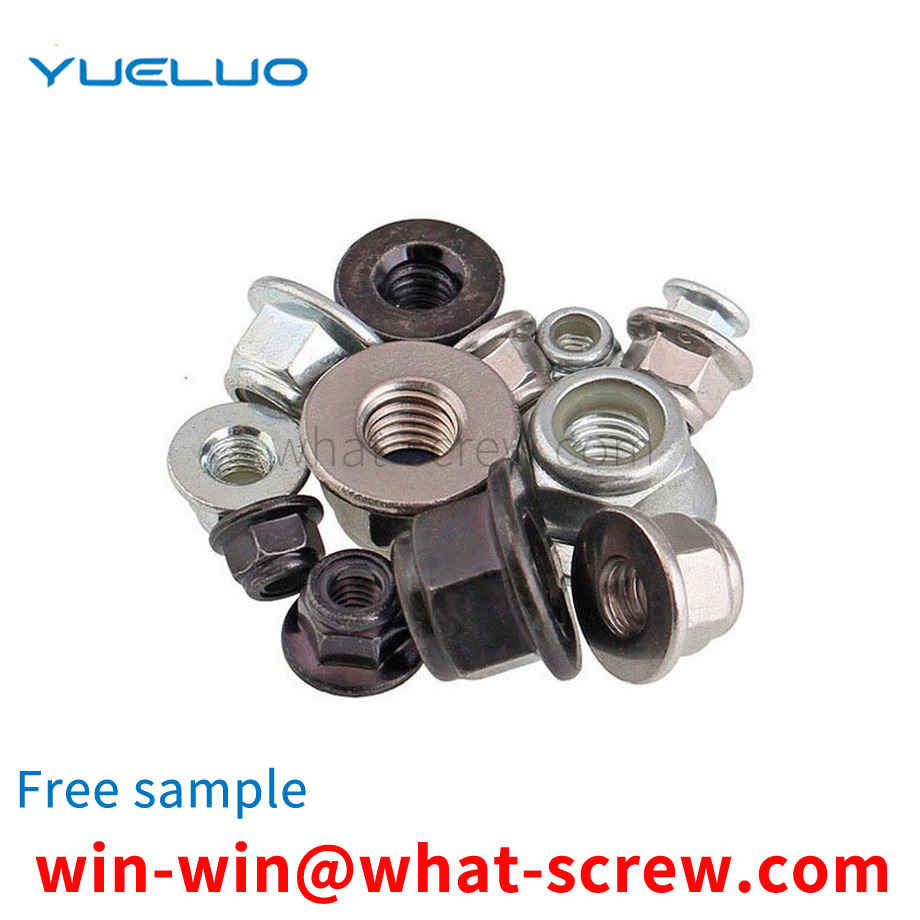
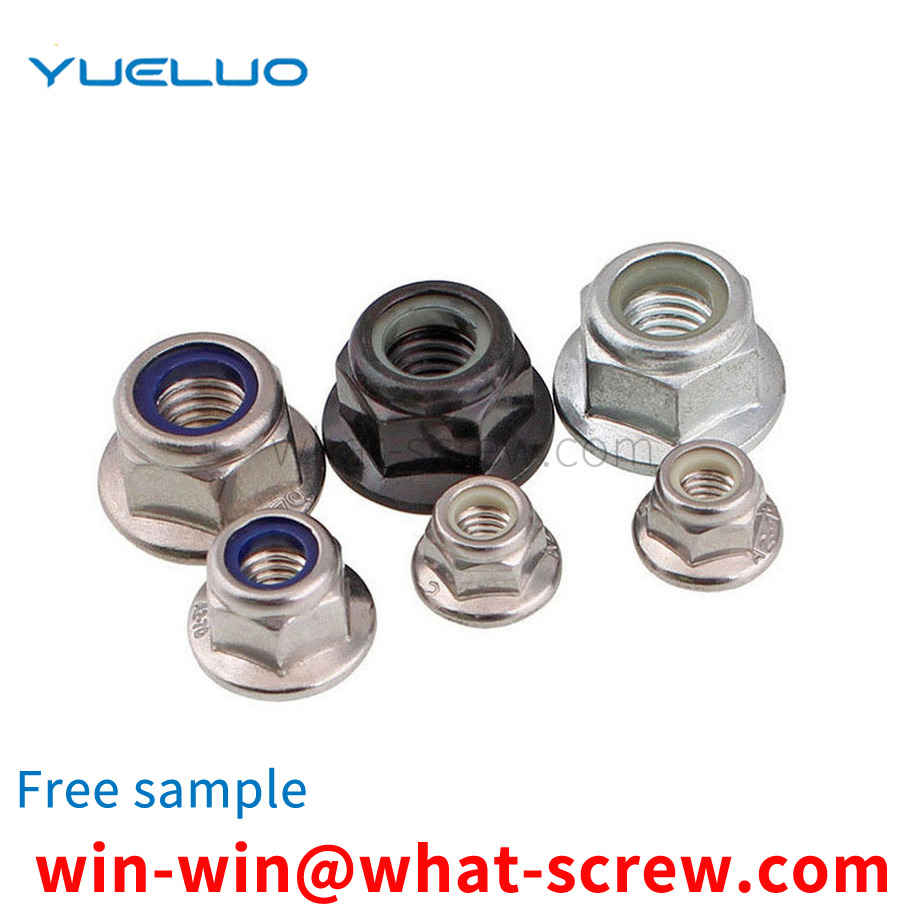
Self-tapping screws were introduced into the industry in large numbers in 1914. The earliest design (essentially imitating a wood screw) was a thread-forming screw made of hardened steel with an A-ended end, mainly used to connect sheet metal channels for heating and ventilation systems. Therefore, it is also called: sheet metal screw. By the end of the 1920s, with the widening of the market and new applications, emphasizing new designs, its application performance was widely improved. The following introduces the four different stages of the development of self-tapping screws in 40 years: thread forming self-tapping screws, thread cutting self-tapping screws, thread rolling self-tapping screws and self-drilling self-tapping screws. 1. Ordinary self-tapping screws (thread forming self-tapping screws) Ordinary self-tapping screws are a direct product of early sheet metal screws. The principle is: when screwing it into a prefabricated hole, the internal thread connected to the screw is formed by the displacement of the material around the hole and the material is pushed into the space between the threads. 2. Self-cutting self-tapping screws (thread cutting self-tapping screws) Because ordinary self-tapping screws are formed only in very thin threads. And it can be easily realized on materials with good toughness. Develop and expand the use of self-tapping screws to thicker sections and harder, brittle and other materials with poor deformability. In this way, the self-cutting self-tapping screw is developed: a cutting groove or cutting edge is machined at the end of the screw shank. When this kind of screw is screwed into the prefabricated hole, the screw acts as a tap and actually cuts out the thread that connects with itself. 3. Self-Extrusion Self-Tapping Screws (Thread Rolled Self-Tapping Screws) In the early 1950s, fastener engineers began to recognize the potential advantages of self-tapping screws as structural rather than just lightly loaded attachments. This has led to the development of a new self-tapping screw thread rolling self-tapping screw (self-extrusion self-tapping screw). According to the design principle of cold forging taps, the thread and end are specially designed for this kind of screw, so that the screw can be formed by applying intermittent and periodic pressure on the crest of its thread instead of on the side of the entire thread. Internal thread for connection. By concentrating and limiting the forming pressure, the pressurized material next to the hole is made to flow more easily and to better fill (squeeze) into the flanks and roots of the thread of the self-tapping screw. Since the frictional resistance of screwing in is much lower than that of ordinary self-tapping screws, threaded rolling self-tapping screws (self-extrusion self-tapping screws) can be screwed into thicker sections. At the same time, it has better screw control and tightening torque, and greatly improves the connection strength and overall firmness. The engineering standard of this kind of self-tapping screw stipulates that the selection of materials, the mechanical properties of heat treatment and the working performance should be strictly controlled. 4. Self-drilling and self-tapping screws (self-drilling screws) People have done statistics: Among the ten expenses that constitute the total assembly cost, the highest one includes the processing of holes. In practical applications of self-tapping screws, prefabricated holes need to be processed. Moreover, in order to make the prefabricated holes have good effect in practical application, the size of these holes must be controlled within a fairly strict range. In the early 1960s, self-drilling and self-tapping screws appeared. A major step forward in reducing assembly costs by eliminating the need to machine prefabricated holes. In general, self-drilling and self-tapping screws realize drilling, tapping and tightening in one operation. These are the four main stages of self-tapping screw design and development. In addition, two newly developed products are also worthy of introduction. Both are screws with a special thread type. One is designed for plastic and other low-strength materials; the other is used in the construction industry to connect cement wall panels, so it is also called wall panel self-tapping screws.
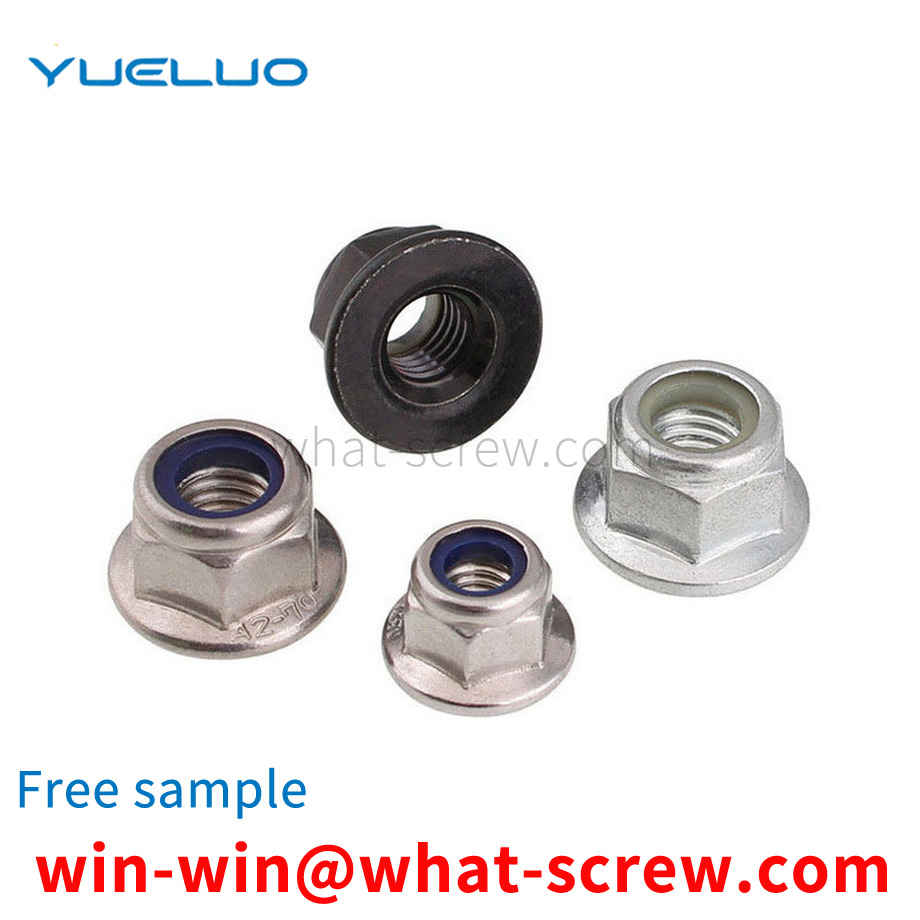
rivet with a simple structure includes a rivet cap, a rivet main rod, a rivet limit rod and a limit hole. The rivet main rod is provided with a limit hole inside, the rivet limit rod is located below the rivet main rod, the upper end side of the rivet limit rod is provided with a limit groove, the limit groove is connected with the lower end of the rivet main rod, and the groove surface of the limit groove is round. arc-shaped, the lower end side of the rivet limit rod is provided with four limit grooves, the cross section of the limit groove is in the shape of a right-angled trapezoid, the limit hole passes through the interior of the rivet limit rod and the rivet main rod, and one end of the limit hole The hole surface and the lower end surface of the rivet limit rod are on the same plane.
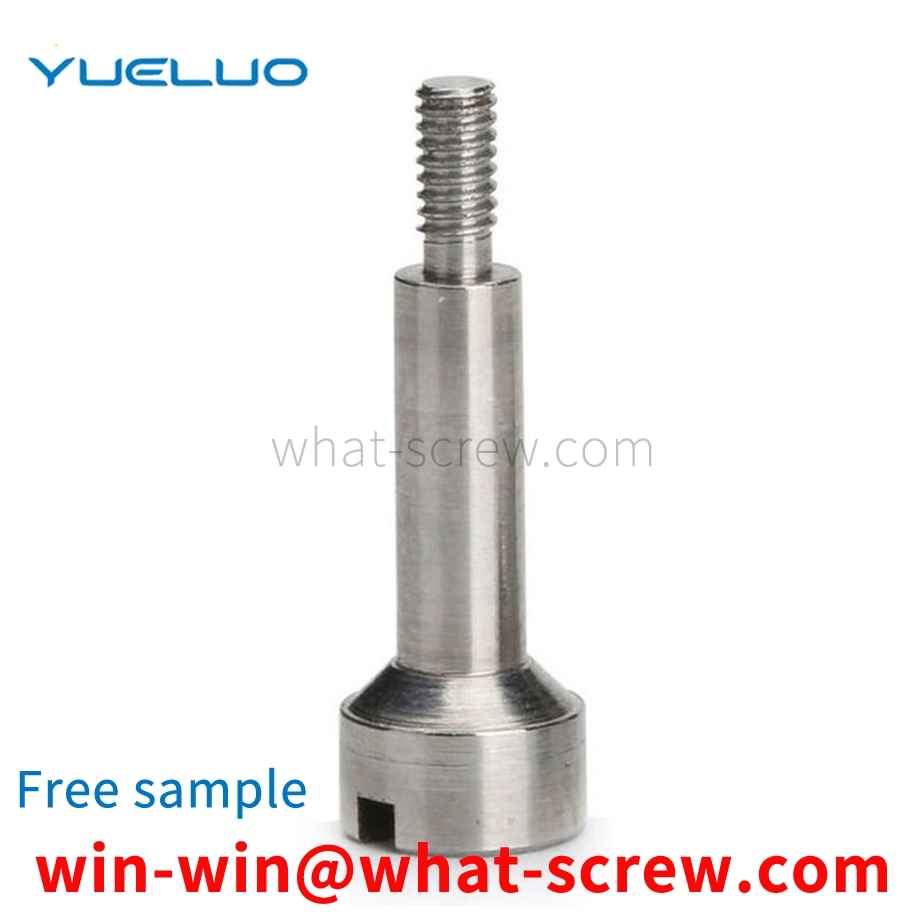
The above content is uploaded by Yueluo or the Internet. If there is any copyright issue, please contact [email protected].

What is the tolerance range of precision screws?

How to choose the right stainless steel screw manufacturer?

Why is there an R angle under the head of the hexagon head s...

We have more than ten years of experience in screw industry ...

We have more than ten years of experience in screw industry ...

We have more than ten years of experience in screw industry ...

We have more than ten years of production experience in the ...